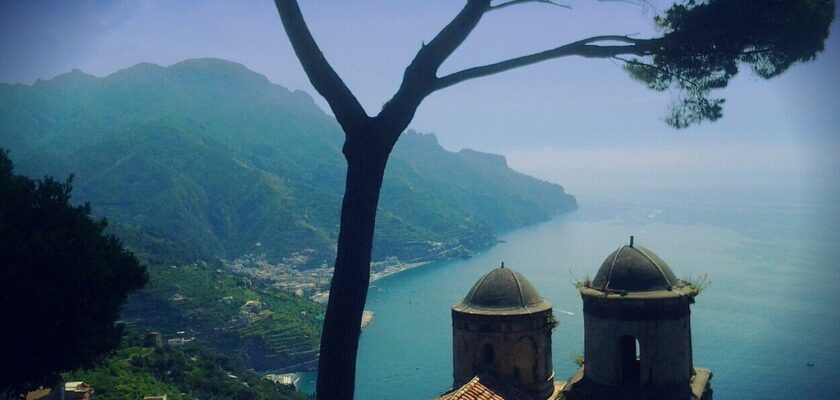Amalfi Coast (Costiera Amalfitana)
The Amalfi Coast is a marvelous coastline that stretches for 40 km in the south of the Sorrento Peninsula. The Lattari Mountains approach from the mainland, and their 210-meter-high cliffs plunge into the deep, dazzling blue waters of the Tyrrhenian Sea. The shores are riddled with tiny bays and coves, so that the whole creates the feeling of a corner almost untouched by civilization. Every turn of the winding coastline offers a spectacular new view of old fishing villages clinging to the mountainside, with colorful boats and café awnings.
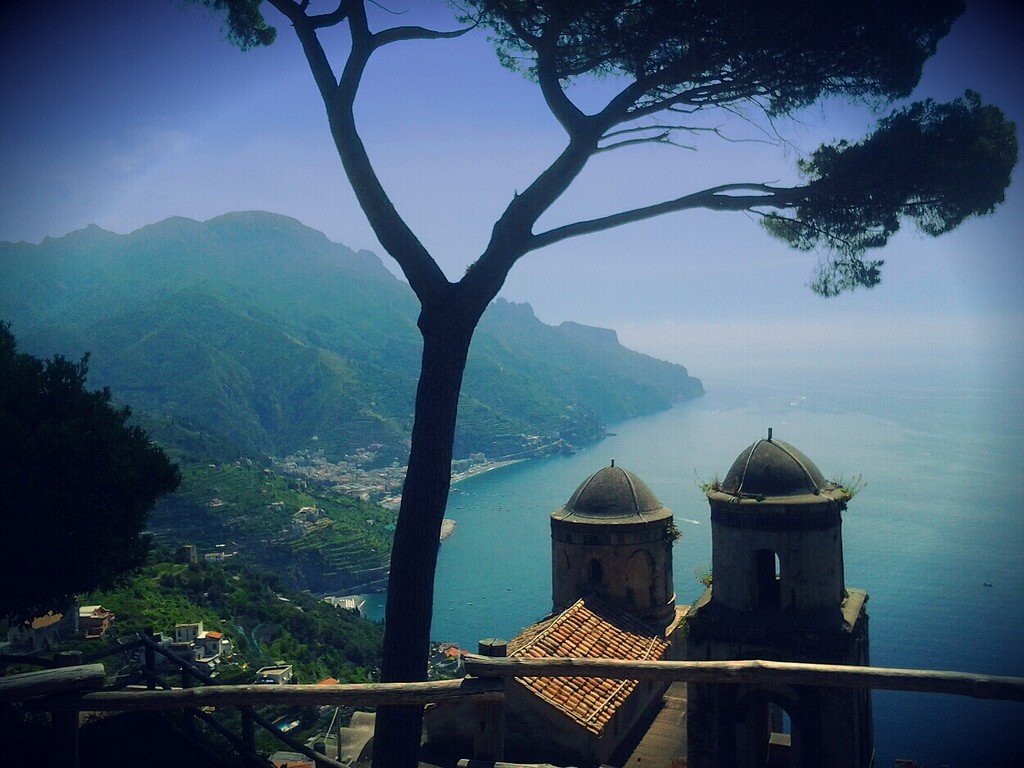
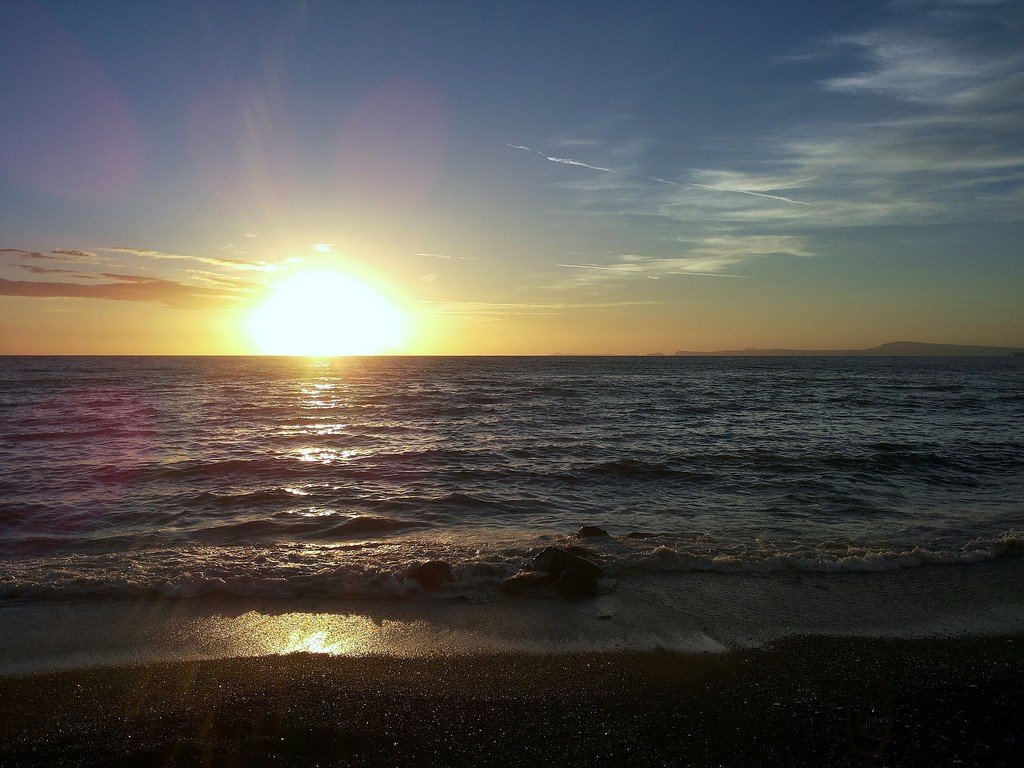
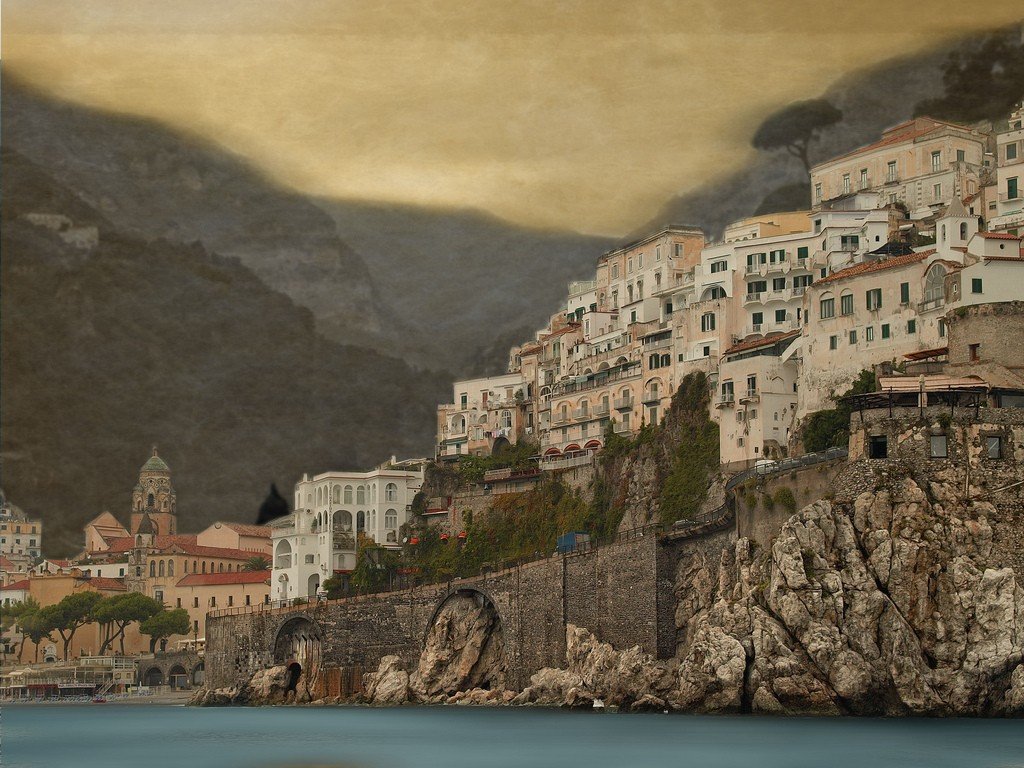
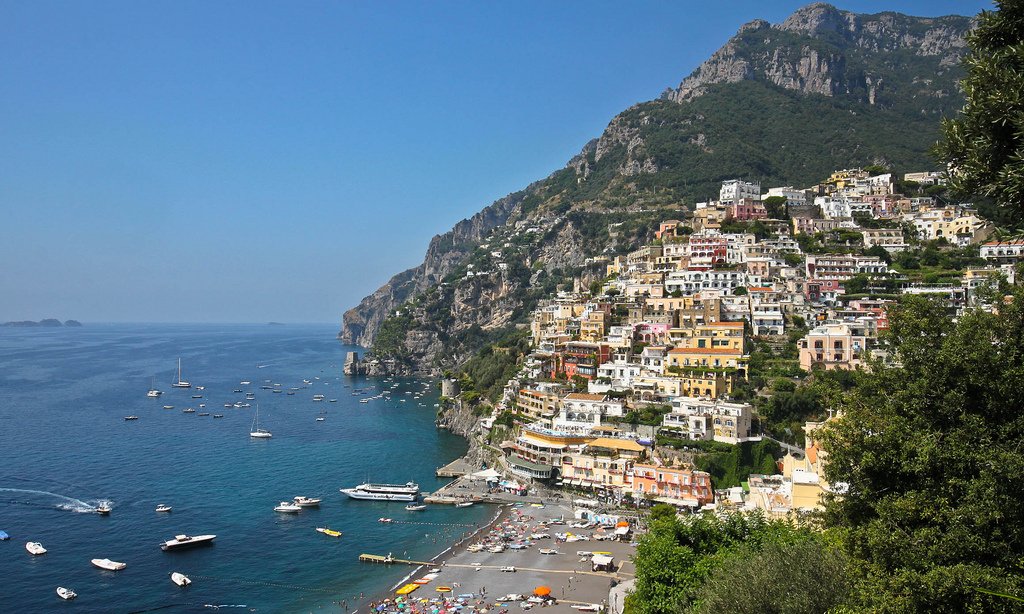
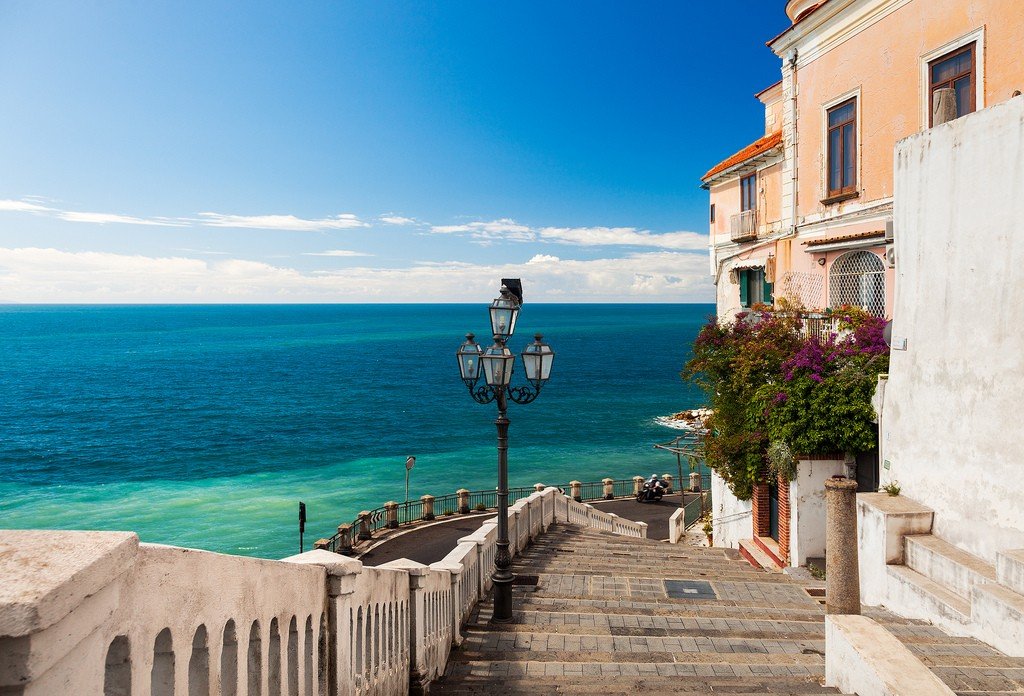
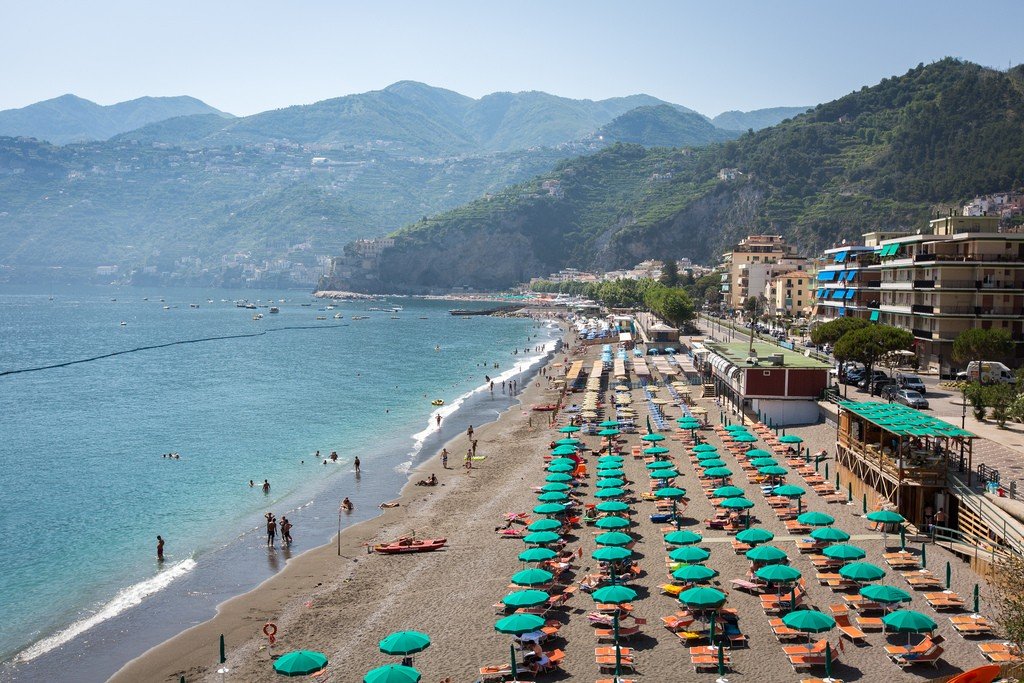
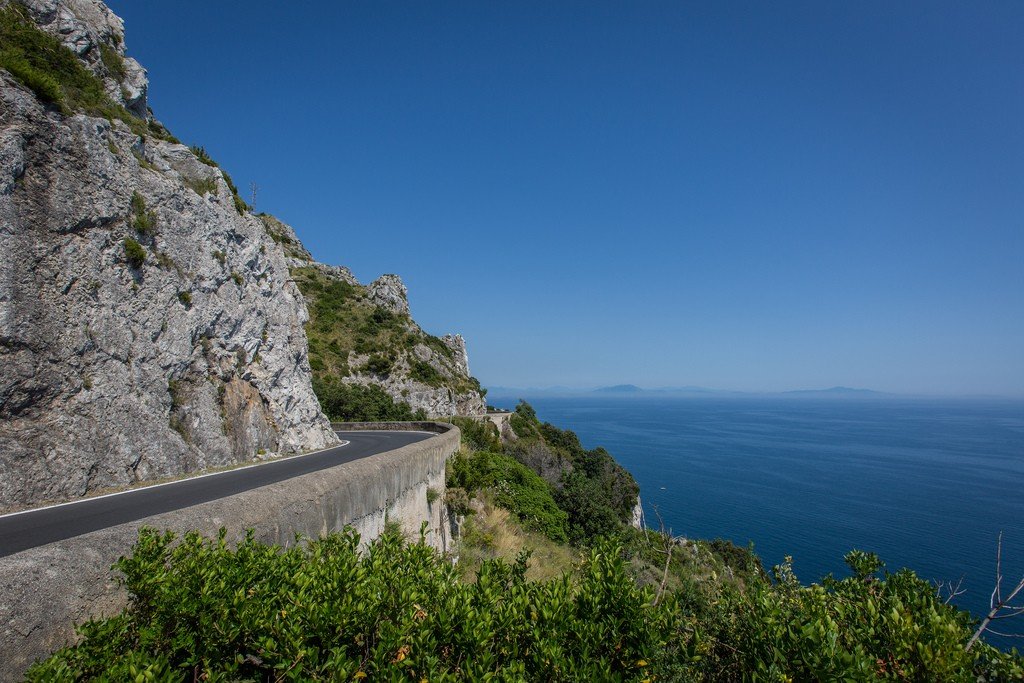
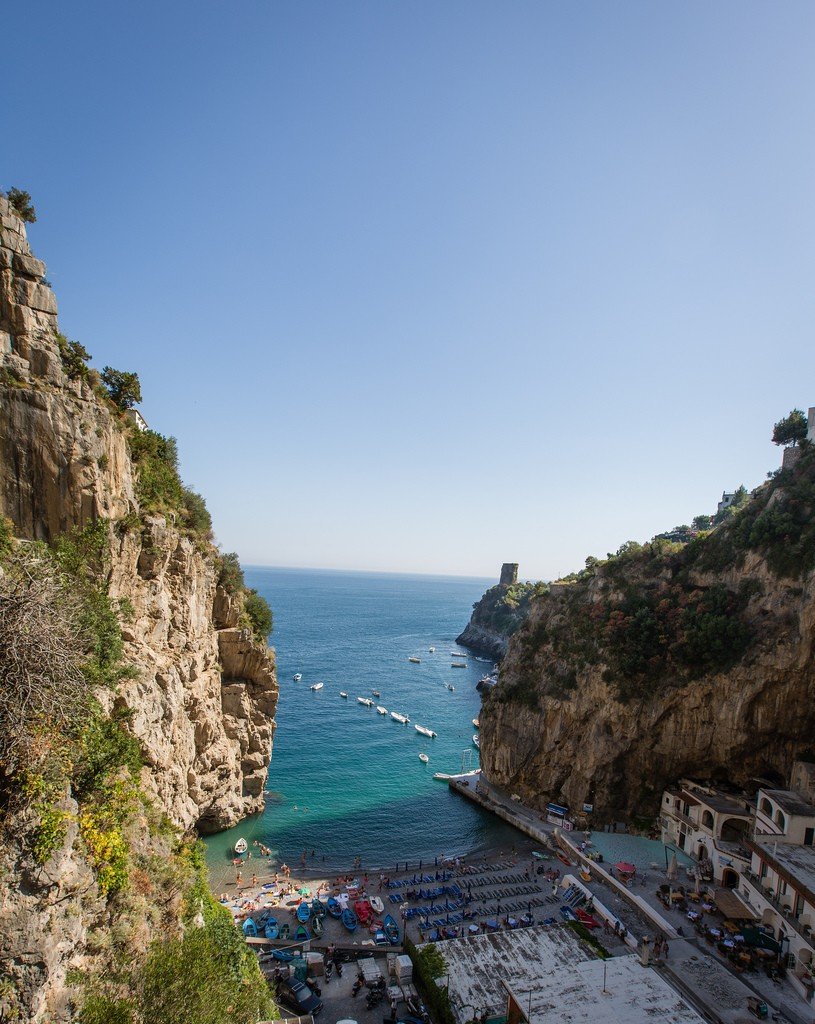
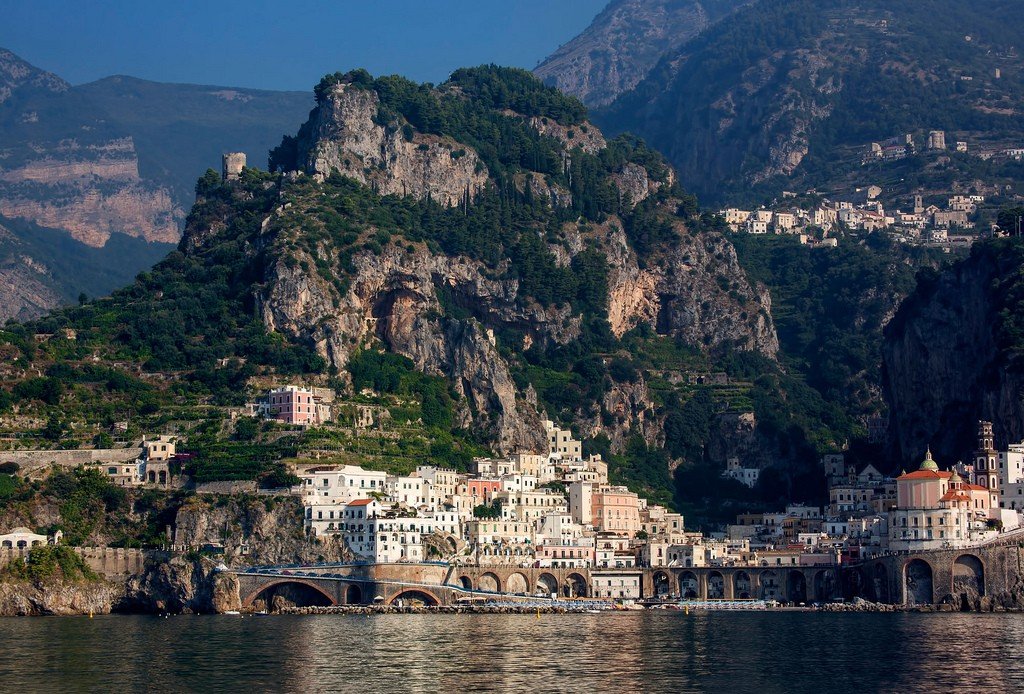
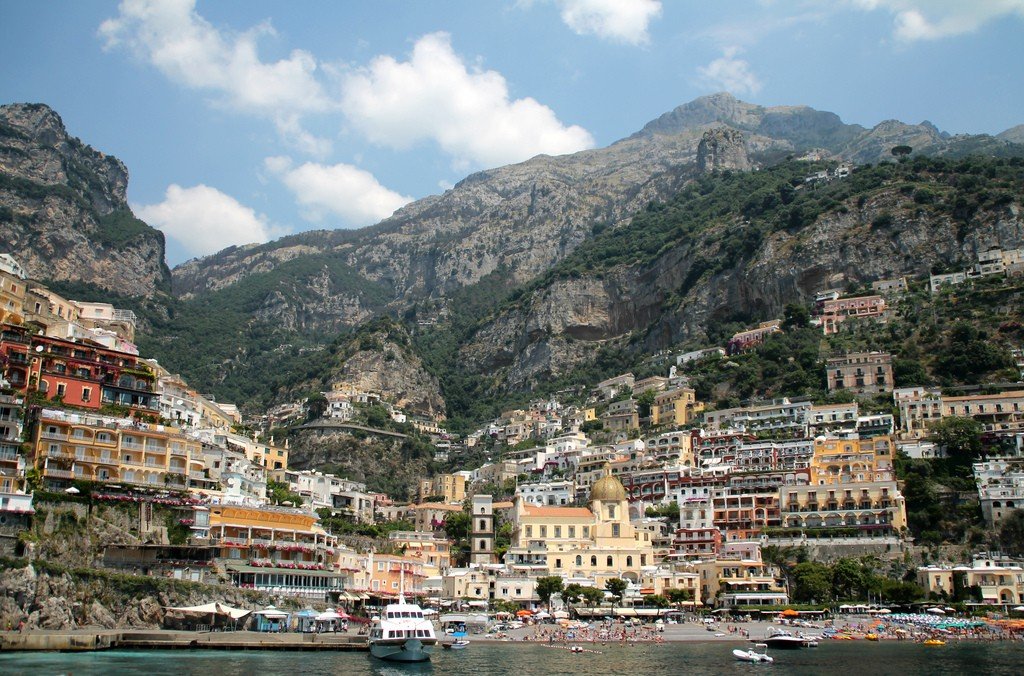
General information
Positano is gradually becoming a resort for wealthy tourists. There are beautiful colorful houses, many staircases, arcades, alleys, many fashionable stores, lively bars and fine restaurants. It is the most dressy little town in the area.
. Amalfi itself is still the largest town in the area. Only modern tourism has managed to restore it to the colossal grandeur it once had. The ideal location attracts vacationers here, and they go in search of solitude and pleasure..
All the settlements in this area face the sea. The road was not built until 1850, but the Amalfi Coast remains a romantic, fairy-tale land.
.
The hinterland of the Amalfi Coast also has its own charm, with tranquil mountain villages, dense forests and pastures far from the coast. The name Monti Lattari (Dairy Mountains) is a testament to the fact that cattle have been raised here for centuries. The highest peak is Monte Faito (1278 meters); if you go there from Positano, you can climb it in one day.
.History
In the Middle Ages, most of the coastal towns were founded by seafarers. Space was scarce, and so they built vertically. The lime-whitewashed, cubic-shaped houses, clearly inspired by the Moorish style, with partially flat domed roofs and curved loggias like swallow’s nests, cling to the slopes. There are few streets, but many steep alleys and staircases. Over the centuries, every centimeter of the few steep slopes has been plowed. The result is a myriad of tiny terraced fields that lead to the sea or to the sky in steps like a staircase. Lemons are primarily grown here, but there are also olive trees and vineyards. In spring, lemon trees are covered with black nylon film, under which the fruit ripens until April. The artificial covering protects the fruit from both hail and excessive sun; and in spring, when the film is warmed by the sun, it even aids the ripening process. Lemons – some as big as grapefruit – are sold everywhere: fresh, as delicacies (delize al limone), for example candied, or as Limoncello liqueur. Signs of the coast include the squat, so-called Saraceni towers (Torri saraceni), which fringe all the coasts of Southern Italy and in the XIV century served as signal towers to warn of pirate attacks. Today, many are destroyed, some are museums, summer houses or hotels.
.
In the 18th and 19th centuries. The Amalfi Coast was a travel destination for educated people, including artists, who sought – and found – a romantic ideal, images of wild, unspoiled nature and culture that has survived to this day. In the 1950s, these places – the Costa Divina, the divine shore – were discovered by the European “cream” of society, and from around the 1980s onwards a mass pilgrimage of tourists began, literally flooding the whole of Amalfitana. Amalfi, along with Positano – the most famous vacation spot on the Amalfi Coast – suffers especially from the daily crowds of sightseers. The more refined and discerning public has moved to the neighboring town of Positano or has stopped coming here altogether..